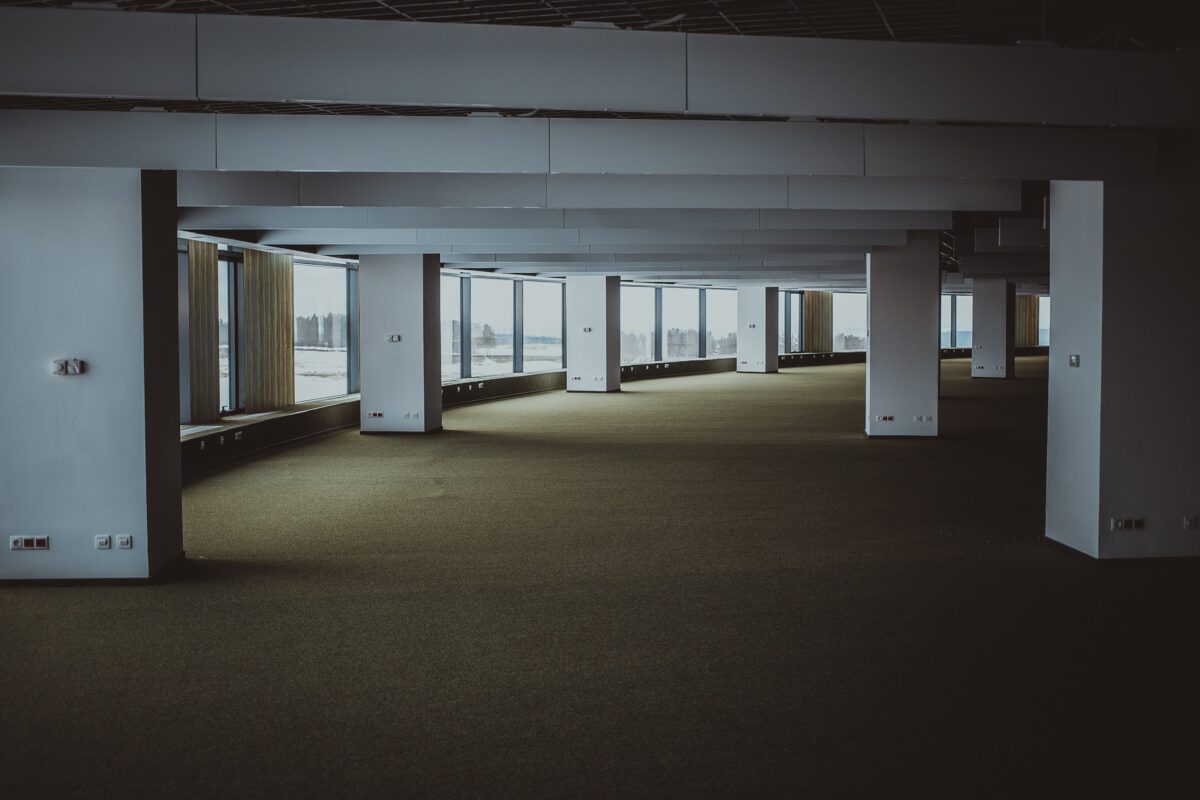HCMC to see surge in office vacancy: Nearly a third of Ho Chi Minh City’s premier office space will be for lease by year’s end

Knight Frank, the world’s leading privately owned real estate consultancy, has revised its forecast in a study on the Ho Chi Minh City office market, revealing that the city is poised to experience a record 29% vacancy rate in Grade A offices by the end of the year, driven by the influx of new supply entering the market in 2H 2023.
In Q2 2023, Grade A office rentals saw a quarterly and yearly increase of approximately 2%, reaching US$58.92 pm2 per month. The vacancy rate decreased to 4.2% from the previous quarter’s 4.9%, a small change before new supply starts to enter the market.
Mr. Leo Nguyen, Knight Frank Vietnam’s Director of Occupier Strategy & Solutions, noted that this surge in rentals largely reflected attempts by landlords to secure tenants into higher rental rates ahead of the arrival of new Grade A supply across the Thu Thiem bridge in Q3 2023 and in CBD in Q4 2023.
“Last quarter, we forecasted Grade A vacancy to settle around 4.4% for this quarter, but recent findings indicate the market stabilised at 4.2%. With the expected introduction of new Grade A supply in the second half of 2023, landlords will face significant challenges. Older Grade A and B buildings, in particular, will experience a notable correction in rents. At the 75% occupancy mark, we anticipate rentals to drop by up to 20% against some buildings’ asking rents,” remarked Leo.
The company further predicts that Grade A rentals will decrease to US$53 pm2 per month, US$48.50 pm2 per month, and US$44.50 pm2 per month by the end of 2023, 2024, and 2025, respectively. Correspondingly, vacancy rates look set to increase to 29%, 24%, and 32% for 2023, 2024, and 2025 — a significant shift in the office market.
The gathering storm clouds look darkest over Grade B offices, with this sector expected to be hit the hardest, as the market becomes increasingly tenant-favourable as the year progresses.
Current performance for Grade B offices reports rentals at US$34.10 pm2 per month, with a vacancy rate of 12.3% similar to the previous quarter and a 4.1 ppts y-o-y. Grade B rentals are projected to decline to US$28.50 pm2 per month, US$26.50 pm2 per month, and US$24.50 pm2 per month by the end of 2023, 2024, and 2025, respectively, accompanied by increasing vacancy rates of 14%, 17%, and 20%.
“We will see a rush to quality in the next two years” Leo said. “Older Grade B buildings in less-than-prime locations or with basic facilities and property management services will have no choice but to drastically improve their offerings, or reduce their rents – and in many cases – both.”
Major transactions recorded this quarter were dominated by the finance, banking, and insurance sectors (48%), followed by pharmaceuticals (19%) and technology (5%) although Knight Frank noted this activity was mainly renewals of leases by tenants staying in their existing buildings and did not account for much additional leases space. “Looking ahead, we anticipate new entrant tenants to emerge from sourcing and manufacturing companies driven by China Plus One strategies which will support net absorption. However, we are advising our existing tenant representation clients to consider holding onto their current leases for the next six months, if feasible, to leverage the upcoming surge in new supply and rental corrections across the market,” said Leo.

 Xem Tiếng Việt
Xem Tiếng Việt 

